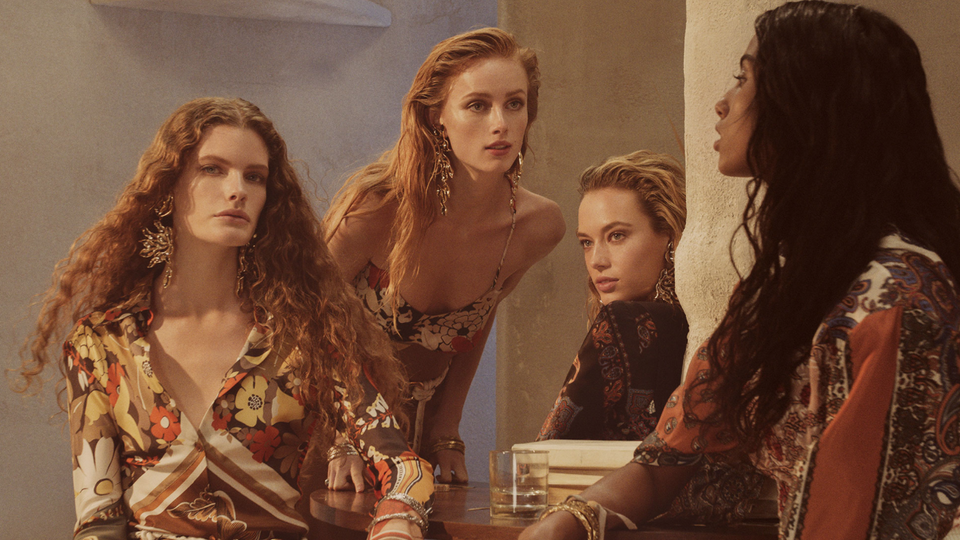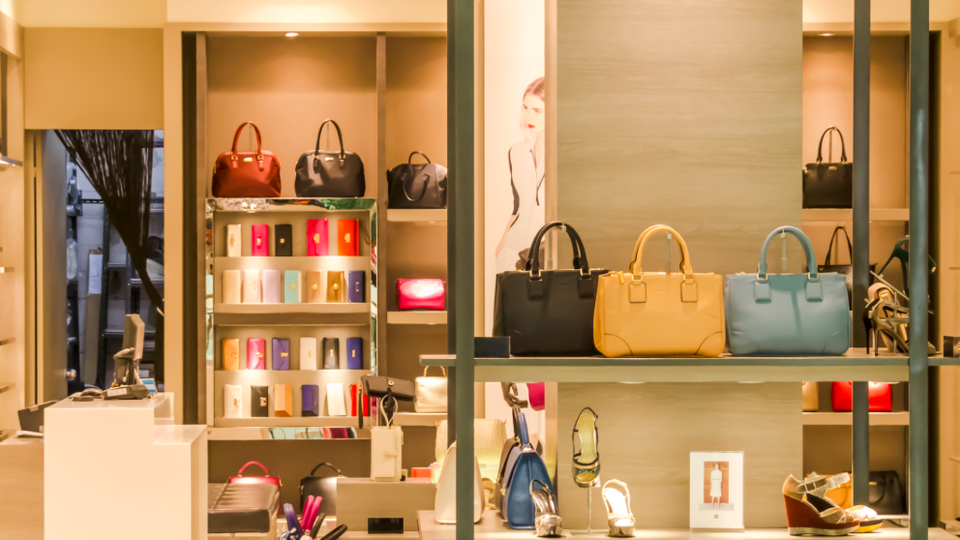News of Richemont’s latest fashion brand launch, combined with a management shake-up within its fashion division, could signal a dramatic change in direction for the group which has typically focused on hard luxury goods.

News of Richemont’s latest fashion brand launch, combined with a management shake-up within its fashion division, could signal a dramatic change in direction for the group which has typically focused on hard luxury goods.
Last month, Richemont made a surprise announcement that it would be teaming up with the former Lanvin creative director Alber Elbaz to launch a new brand called AZfashion. The joint venture between the two, will help bolster the Swiss luxury group’s fashion offering which currently includes brands like Chloé, Alaïa and Dunhill.
Described in a news release as “an innovative and dynamic start-up,” the move to launch AZfashion is more than just a savvy partnership between a beloved designer and a wealthy investor, it comes as just one of many indications that change is in the air within Richemont and its fashion division.
A Shift In Strategy
For certain, the departure of Eric Vallat, Head of Fashion and Accessories Maisons in October, as well as the appointment of Riccardo Bellini as chief executive of Chloé, suggest a strategic repositioning for the group heading into 2020, at a time when its competitors are also reassessing the balance of their brand portfolios.
Historically, Richemont’s fashion division has always trailed behind its jewellery and watch maisons — Cartier and Van Cleef & Arpels — which make up 58 percent share of Richemont’s luxury sales alone, according to Deloitte. In the group’s first half results for 2019, jewellery sales increased eight percent compared to the one percent growth of its fashion brands.
Following the sale of Shanghai Tang and Lancel in 2017 and 2018 respectively, Richemont’s fashion portfolio is currently made up of Chloé, Dunhill, Alaïa, Montblanc, Peter Millar, Purdey, Serapian and now AZfashion.
“So far, Richemont has not yet been able to find a winning formula for their soft luxury brands like the one that they have developed for hard luxury businesses,” explained Mario Ortelli, Managing Partner of Ortelli&Co.; “But the latest moves show a commitment of the company to continue to try and find a solution.”
Market Competition
The changes could be seen as a response to the news that LVMH, the world’s leading luxury group, looks set to bolster its hard luxury offering significantly with the proposed acquisition of Tiffany & Co for $14.5 billion — the biggest takeover ever made by the group.
Watches and jewellery is currently LVMH’s lowest performer, bringing in €2.13 billion in the first half of 2019, compared to the €5.3 billion made by Richemont’s watch and jewellery houses. And in May, LVMH announced it partnered with singer Rihanna to launch Fenty, a new luxury Maison, based in Paris, adding to further signs that the world’s biggest luxury conglomerate is diversifying its brand portfolio.
Over at Kering, hard luxury made up only six percent of sales in the first half of this year. Kering’s jewellery and watch portfolio is made up of six brands including Boucheron, Pomellato and Qeelin, which brought in just €1.22 billion in the first half of the year.
Like LVMH, soft luxury is Kering’s strong suit. With the meteoric success of Gucci, as well as strong performances by Balenciaga, Bottega Venetta and Yves Saint Laurent driving sales, any attempt by Richemont to compete with LVMH and Kering in this category would be unwise, Ortelli told Luxury Society.
“To be a relevant competitor to LVMH or Kering in the soft luxury space, Richemont would have to do major acquisitions or a merger with a mega-brand like Hermes or Chanel,” Ortelli said. “However, even if the acquisition of Tiffany & Co does happen, Richemont will continue to be the biggest player in jewellery, and in watchmaking, they are still by far bigger than LVMH.”
Fashion-Forward
Could Elbaz’ new brand be a golden goose for Richemont’s fashion division?
Luca Solca, managing director of Luxury Goods at Sanford C. Bernstein believes so. “I think this is a smart move — it recruits one of the best designers in the market,” he said. “[Richemont’s] fashion brands are below critical mass, and they need a ‘rabbit out of the hat’, if they are to move forward.”
Ortelli is less convinced that launching a new brand is the right strategy for the group. “Even though Mr. Elbaz is a super famous and renowned designer, it can be very difficult for this start-up business — even if it is successful — to move the needle for the fashion division or for Richemont as a group,” he told Luxury Society.
The weakness of Richemont’s fashion offering partly lies in its heavily gendered selection of brands. “In a world in which you have more gender fluidity and mix and match between men’s and women’s collections, Richemont have more or less all brands that are only focused on one gender,” Ortelli pointed out. Indeed, AZfashion will add another womenswear brand into the fold.
The largest and most promising fashion house for Richemont is undoubtedly Chloé, under the creative direction of Natacha Ramsay-Levi and incoming chief executive Bellini. “We will see if Mr. Bellini will help to accelerate the development of Chloé, but for sure, this is the most interesting brand in their soft luxury portfolio,” said Ortelli.
“For size and breadth of product line, it’s the brand that has the biggest potential.”
Digital Power
Another key asset for Richemont is online distributor Yoox Net-a-Porter (YNAP), which was fully acquired by Richemont in May 2018.
Despite logistical teething issues— in the year following the YNAP buyout, sales rose 128 percent and in the last six months alone, online sales have grown 28 percent." The benefits of the acquisition will be felt across Richemont’s brand portfolio, believes Ortelli. “It’s an asset in digital distribution which will be able to use its platform to help Richemont’s soft luxury brands to develop more,” he said.
Richemont is investing heavily in YNAP, strengthening its logistics operations and regional growth, particularly in China. This September, in partnership with Chinese retail giant Alibaba, Net-a-Porter launched a flagship store on TMall Luxury Pavillion. The partnership is sure to hold YNAP in good stead, tapping into Alibaba’s logistical expertise and unrivalled dominance in the region.
Do you need to know more about driving innovation in e-commerce marketing?
Striking the Right Balance
So rather than expand the fashion offering, where should Richemont focus its efforts in 2020?
Smoothing out the kinks and investing in its existing brands is a good place to start, both Solca and Ortelli believe. “Proactive innovation, up-to-date marketing, tight distribution and pricing control as well as exacting management execution,” said Solca.
Ortelli agrees. “You have to work on your brands so they have consistent product innovation, compelling marketing, good distribution, and state-of the-art use of online to be able to be the most relevant brand in your category.”
Cover image credit: Chloé/Facebook.










